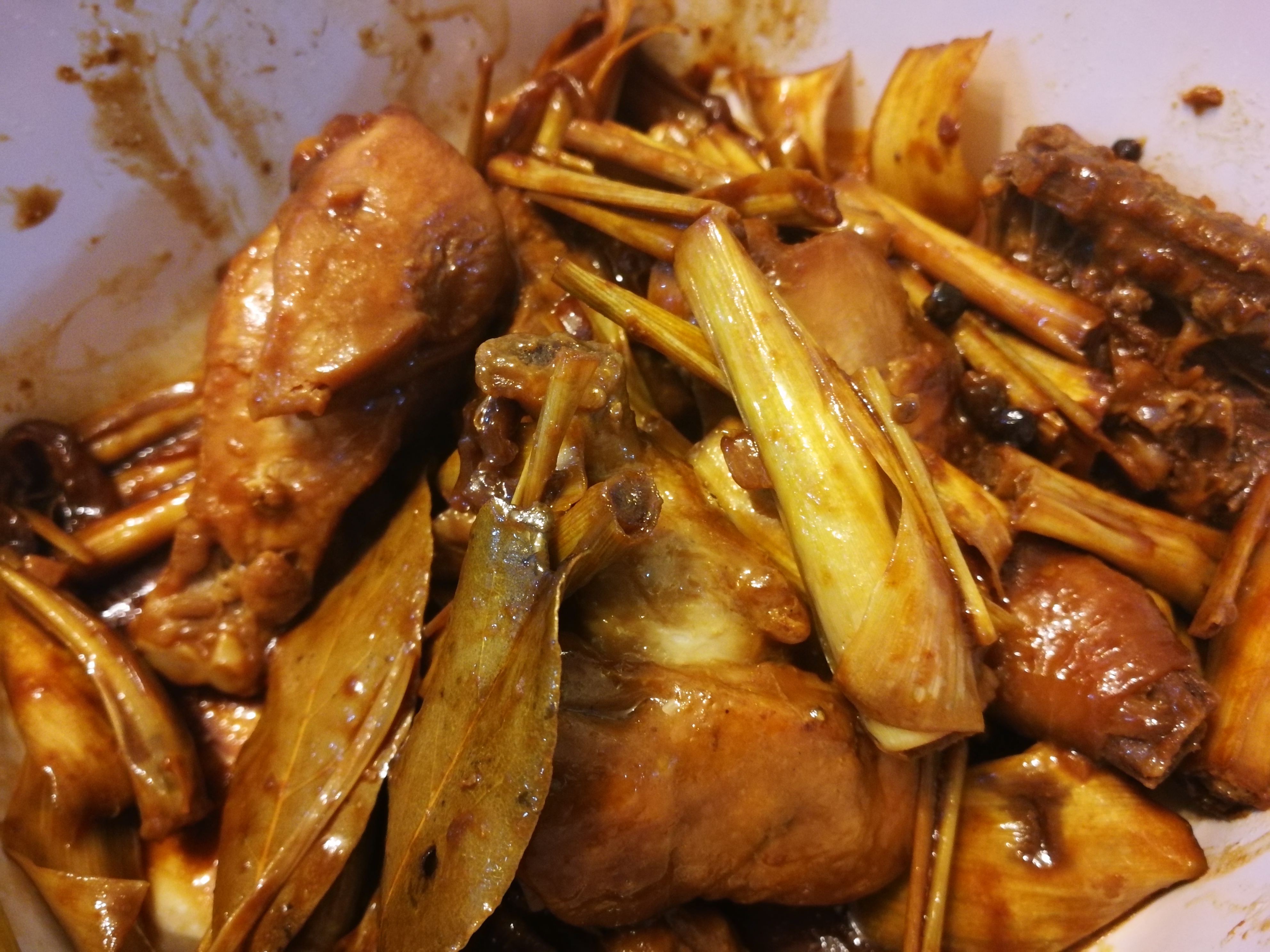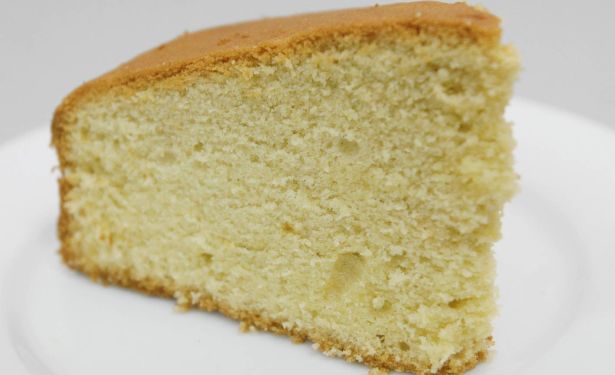With the popularity of Italian cuisine globally and in Malaysia, you can find shelves of Italian products lined up and available online for fans of the cuisine. But the question we should ask ourselves is… are these products authentically Italian?
In this article that journeys through time and debunks myths with facts, we elaborate on three treasures of Italian cuisine – the Extra Virgin Olive Oil, Parmigiano-Reggiano and Balsamic Vinegar. These classically produced Italian products symbolize the originality and labour of love and passion poured into these works of art.
Let us dispel the four following myths and uncover facts of why these authentically produced Italian products are a grade above and to make sure you’re getting quality Italian ingredients and not imitations of it.
Myth #1 Just because it looks Italian, doesn’t mean it is Italian.
Fact #1 When a product reads “Product of Italy”, it just means that the product was packaged in Italy, not that the product was made of Italian ingredients.
What’s often mistaken is that the label ‘Product of Italy’ automatically makes the ingredient authentically Italian. When in fact, the label merely indicates that the product was packaged in Italy, wherelse the ingredients may not have been grown or pressed in Italy itself.
In order to get yourself a bottle or genuine good product, it’s important to read the labels! Original products would bear the trademark endorsed by expert associations and bodies. For example, the Denominazione di Origine Controllata, or Controlled Designation of Origin for olive oils, Consorzio Parmigiano – Reggiano for the Parmigiano – Reggiano cheeses and Denominazione D’Origine Protetta for the Balsamic Vinegars.
Do also remember to check the expiry date and origin of the products to determine freshness.
Myth #2 Olive Oil shouldn’t be cooked.
Fact #2 A quality Extra Virgin Olive Oil (EVOO) is suitable for cooking, seasoning, dipping and finishing.
With a smoking point of 190 – 200 degrees celsius, anyone who enjoys their meats and vegetables stir fried or braised would find this excellent news. Getting a good bottle of EVOO is like buying wine. You want to look through the labels, appreciate the heritage of the processes included to produce the bottle and savour the richness and quality of the bottle when served. There is no looking back when you have had an exquisite bottle so let us help sharpen your palate with the following guide.
What goes into a good bottle of EVOO? First, like vineyards, know which olive grove the olives came from. Different practices are implemented in different farms, alluding to our first myth. See if it reads 100% Italian olives. If it reads European community, this means the olives have been mixed with others. Sometimes they are mixed with other oils such as sunflower, soybean and others to reduce the cost for production and increase profits for the producer. Be aware of what you are paying for.
Having identified a genuine EVOO producer, you will be assured to know that all good EVOO are first cold pressed in their facility. This process ensures that the delicious juices from the olives are extracted when they are first harvested. They are then filtered to ensure that the oil keeps fresher and for a longer time.
A sight of beauty, the precious greenish hue a little lighter than emerald is conveyed through the wonderful taste of EVOO that sparks a hint of spicy and earthy taste, indicating the presence of genuine olive oil. For the initiated now, you can also get more details on EVOO through this FAQ put together by Gaia’s Plate.


Where to get it?
Kuali approved, you can purchase your EVOO from Colavita Extra Virgin Olive Oil, to ensure you are getting a genuine product.
Recipes to go with it!
Now that you know how a precious bottle is produced, here are three amazing recipes to cook it with!



Myth #3 All Parmigiano – Reggiano are parmesan
Fact #3 – Parmigiano – Reggiano is known as the ‘King of cheeses’ and processed exclusively in the area of Parma, a beautiful city with a cool climate north of Italy.
There is a saying that ‘All Cognacs are brandies but not all brandies are Cognac’ and this holds true when referring to the Parmigiano-Reggiano as well. Deemed the most popular parmesan cheese among Italians, it is produced in strict compliance and wheel stamped individually by the Consorzio Parmigiano-Reggiano (a consortium of Parmigiano-Reggiano experts). This label of authority assures one of the due diligence applied to the cheese production process and the authenticity of each pleasurable portioned wedge.
The dairy cows forage only within the area of production in the provinces Parma, Reggio Emilia, Modena, Mantua and Bologna and do not stray from the pastures. The milk used is processed using high technology combining the milk, salt and calf rennet (for curdling the milk for cheese). The maturing process then takes place for a minimum of 12 months and more. The various output from this maturing process produce cheeses suitable for a variety of consumption:
12 to18 months: Suitable for aperitifs, paired with sparkling white wines, or to enrich salads and cold dishes.
22 to 24 months: Perfect for medium body wines and to add flavour to Italian dishes.
26 to 30 months: Ideal for filled and baked pastas or tasted at the end of the meal, paired with fruit and honey.
Over 40 months: Passed the test of time and released a pleasant scene of spices. An exclusive gift and pleasant accompaniment to be tasted with structured and meditation wines.


Where to get it?
You can get a certified portioned wedge of Galbani Parmigiano Reggiano Cheese from Happy Fresh.
Recipes to go with it!
The King of Cheese is best grated and here are three recipes where you can enjoy them!



Myth #4 All Balsamic Vinegars are the same.
Fact #4 There are three types of Balsamic Vinegars, differentiated by the process and region where it is produced.
Rich, complex, tarty flavours with a note of sweetness is a highlight in italian gastronomy and it is difficult to recreate the flavour profile with any other ingredient, but you can with the Balsamic Vinegar.
There are three distinctive types of Balsamic Vinegars.
- Traditional Balsamic Vinegar (Aceto Balsamico Tradizionale)
- Balsamic Vinegar of Modena
- common Balsamic Vinegar
Traditional Balsamic Vinegar (Aceto Balsamico Tradizionale) is considered the most premium as its processes and products are strictly protected by the DOP (Protected Designation of Origin). It is aged for a minimum of 12 years, usually ranging between a couple hundred to over a thousand Ringgit per bottle. Balsamic Vinegar of Modena is also produced under strict protocols but meant for the mass market. It uses a selection of grapes grown in the region of Emilia-Romagna. Finally, there is the common condiment Balsamic Vinegar, made from various recipes and not protected by any labeling laws.
The Balsamic Vinegar of Modena uses a selection of grapes grown in the region of Emilia – Romagna only and there are fewer than 100 certified producers in the world. The ‘grapes must’ are first fermented partially and cooked under direct heat. Not less than 20% of cooked grapes are then added with wine vinegar that has been aged for at least 10 years, and 10% pure wine vinegar. The liquid undergoes several levels of cooking in order to achieve the desired level of consistency and viscosity. Finally, caramel is added to give the product its colour with no other substances being permitted.
Stored properly in a cool dark place, great news is that a bottle of authentic balsamic vinegar can be stored indefinitely, accentuating the value of the product.
So make sure you have this important ingredient in your pantry that can be added to your cooked dishes (balsamic vinegar should not be added during cooking, so as not to disperse the aroma), as a salad dressing and even as a marinade. It is wonderful when even just lightly mixed with olive oil and used as a dip for bread before dinner, or drizzled over bite-sized Parmigiano – Reggiano. You can watch a video of how the Balsamic Vinegar of Modena are produced in this Insider article.


Where to get it?
Get a certified bottle of Alce Nero Organic Balsamic Vinegar Of Modena 250 ml in Happy Fresh stores today.
Recipes to go with it!
Try these awesome recipes for yourself to taste the flavour of Italy right at home.



Now that you are equipped with the knowledge, keep your eyes peeled during your next grocery shopping to ensure that you’re actually buying original Made in Italy and Happy Cooking!






